Deja vu or the third journey to the Aeolian city, Uzbekistan
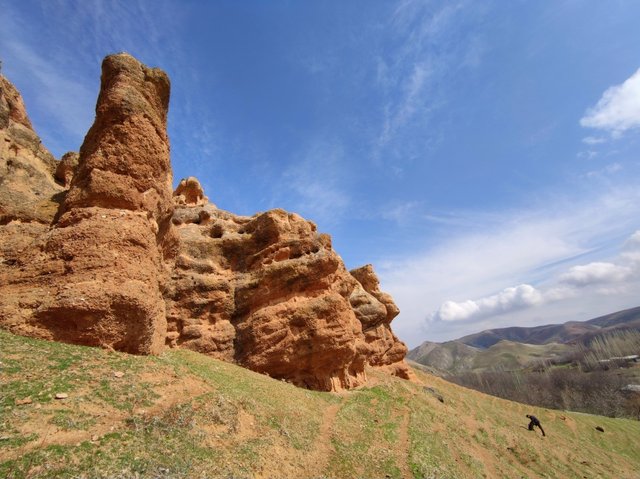
Hello! It seems that it has become a good tradition for me to travel to the Aeolian city every year. My first trip took place in the fall of 2019, the second - in the spring of 2020 - a week before the start of quarantine. And, finally, the third this year - exactly on International Women's Day.
Apparently, except for "Mysterious Uzbekistan", no one brings tourists here. In any case, I have not seen this in the announcements of other travel companies. Well, it's for the best, I think.
It rained in Tashkent the day before, but the Hydrometeorological Center promised clear weather on the day of the trip. And it practically did not deceive - there were clouds, but they only enhanced the beauty of the surrounding landscapes. I slept safely over the dawn, but still managed to take a couple of photos.
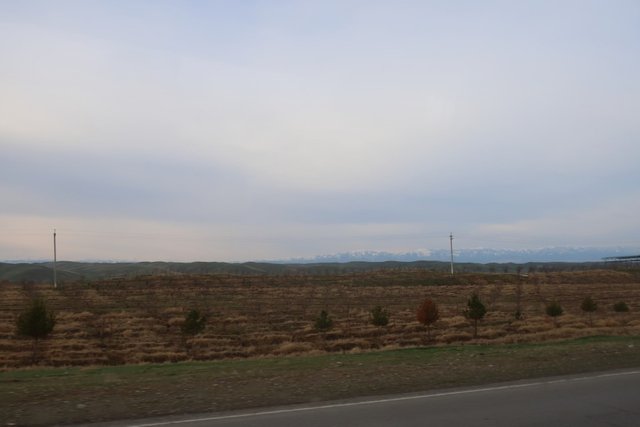
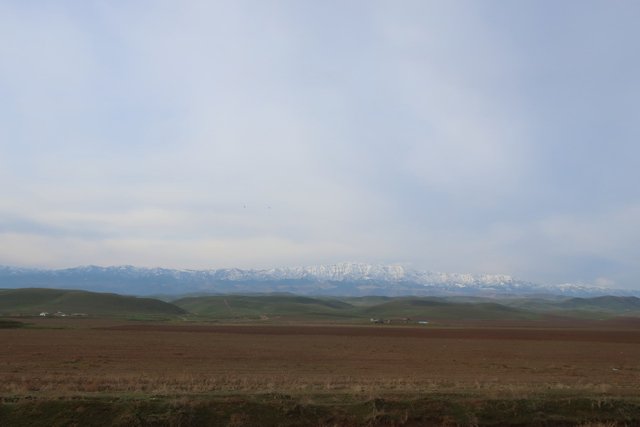
After almost 4 hours after leaving, we arrived at the start point of our route. It feels like I was here yesterday. But almost a year has passed since my last visit.
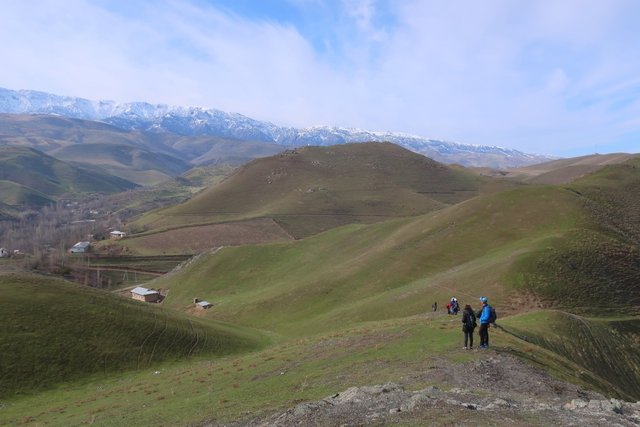
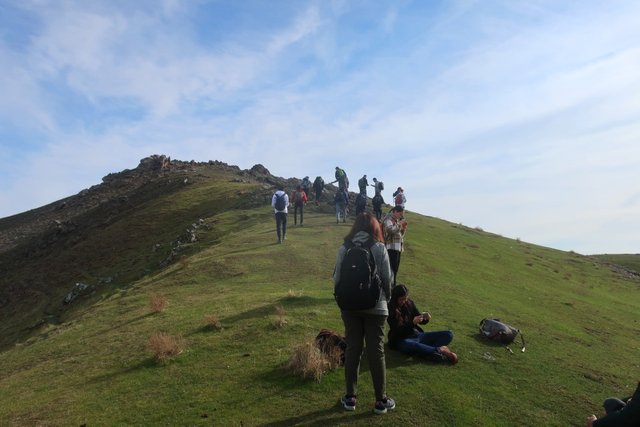
We climbed the hill by the familiar route. This time there were a lot of people and therefore the guides were busy keeping an eye on the restless tourists and told little about the history of the region.
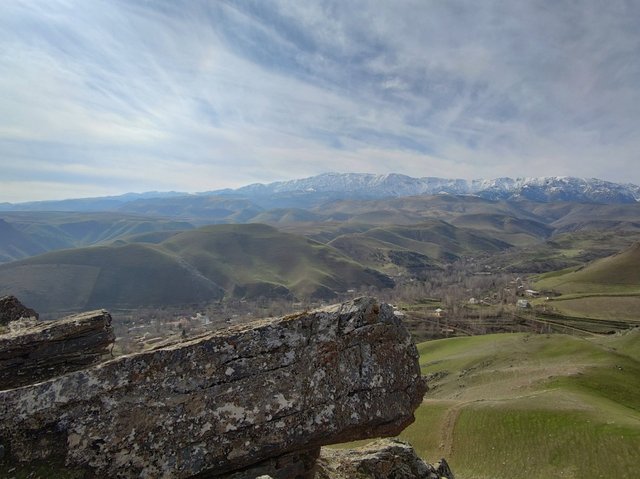
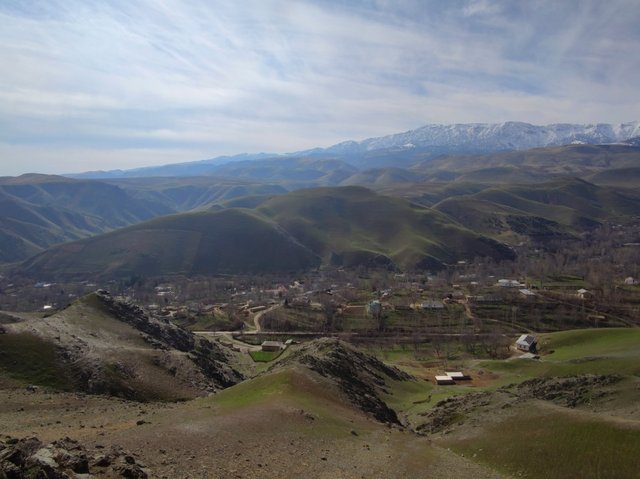
But the history is very rich here! Once all this territory was part of the state of Ustrushana - an ancient state that included the territory of modern northwestern Tajikistan, southern Uzbekistan and western Kyrgyzstan. This state arose in the 4th century A.D. and existed for almost half a millennium.
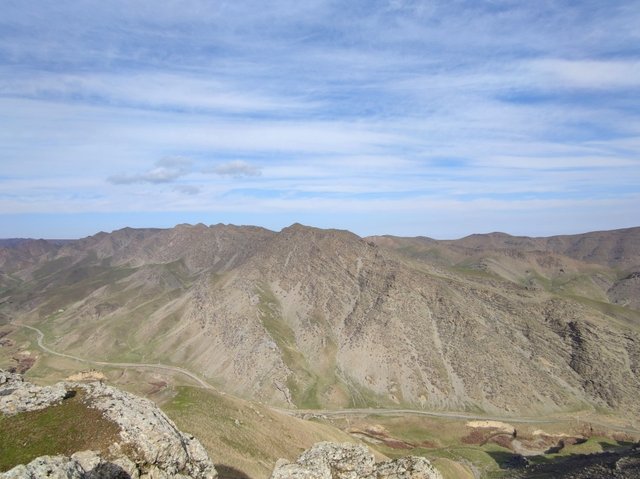
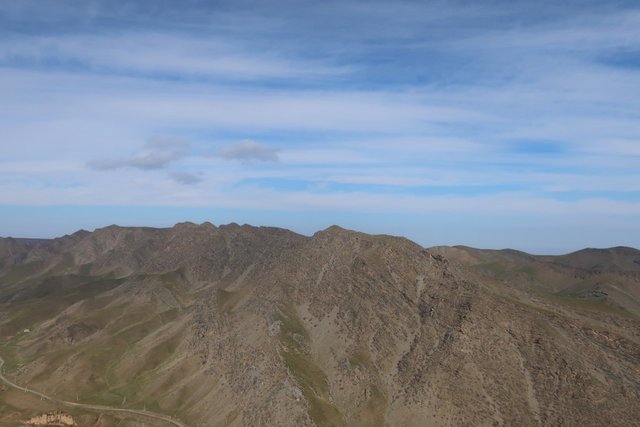
A key role in the formation and development of Ustrushana was played by its very advantageous geographical location on the Great Silk Road. Thanks to the caravan trade, the local economy and culture were actively developing. The Ustrushans were so tough that they even created their own alphabet.
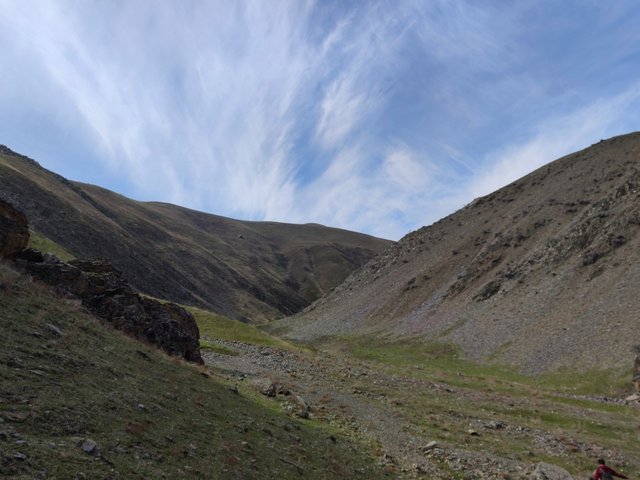
In addition to the caravan trade, the economic power of the Ustrushans was supported by the extraction of gold, silver and iron, the deposits of which were so rich that some mines are still functioning.
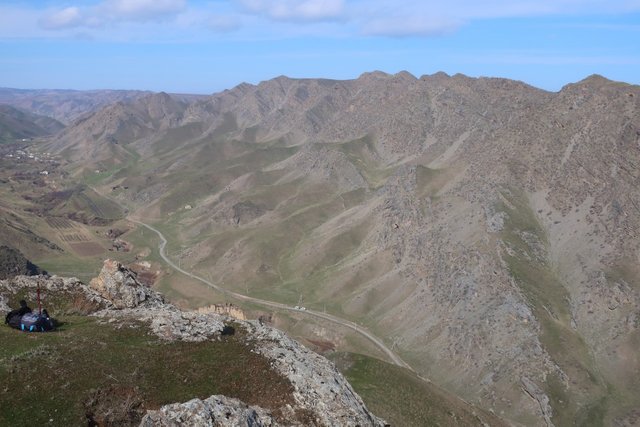
The favorable location and developed economy allowed Ustrushana to maintain its independence for a long time, even after the Arabs conquered Central Asia. The Ustrushans continued to mint their own coins and did not accept Islam, preserving Zoroastrianism. By the way, remnants of Zoroastrianism are still found among local residents. However, in 893 this free movement ended when the Samanids forcibly incorporated Ustrushana into their state.
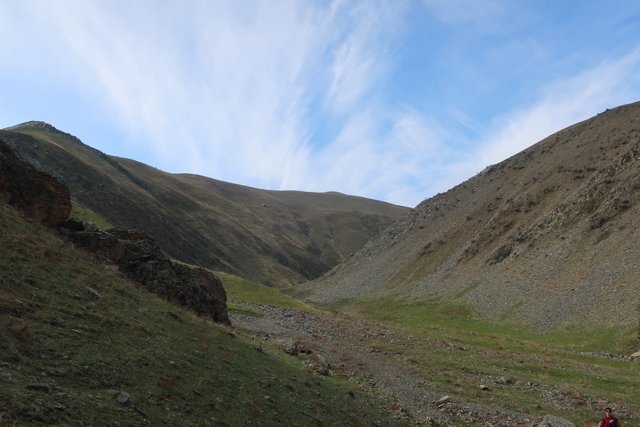
Refreshing in our memory the historical information about this region, we went down to the stream, where we had to freshen ourselves up. Due to the rains that had fallen on the previous days, the stream became quite stormy and there was no way to jump over it. I had to take off my shoes and wade across it. Surprisingly, the water was very pleasant.
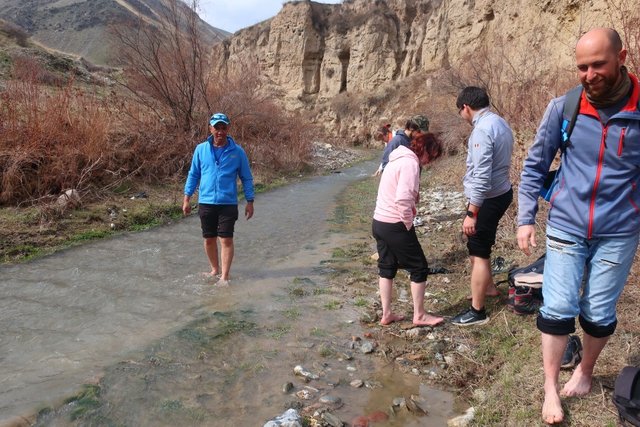
Having crossed the stream, we climbed up to the cave, which is inhabited by various bats.
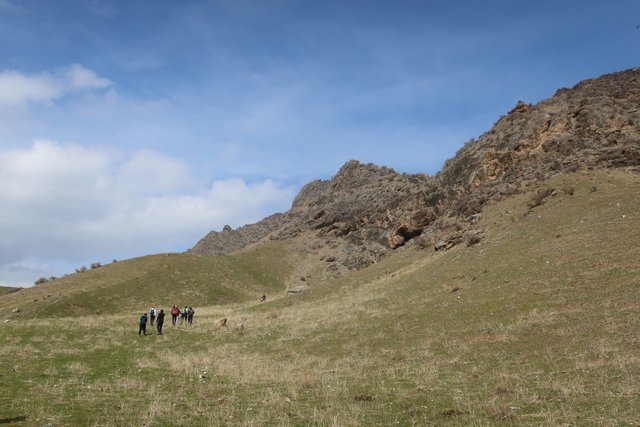
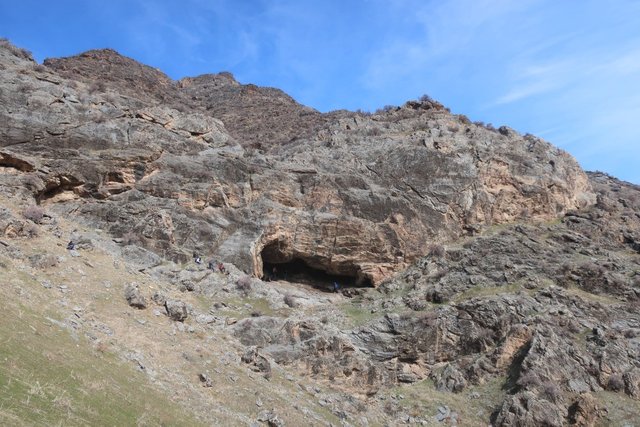
I have already been inside this cave twice and it is unlikely that something new has appeared for me. Plus, the suffocating smell of these bats' droppings was still in my memory. In addition, in light of recent events, I am extremely wary of bats. And I say this - a person who until recently climbed into the Peshagor cave to these bats :).
Anyway, I decided to stay outside and take pictures of the surroundings. Moreover, almost the entire group climbed into the cave and it became very crowded on the site near the entrance. So the expression "fewer people, more oxygen" has become very relevant :).
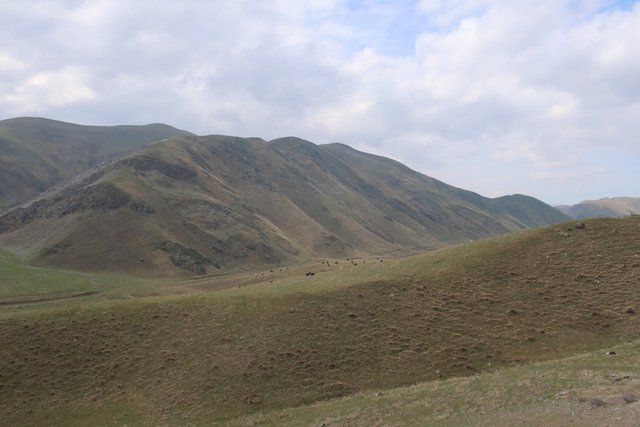
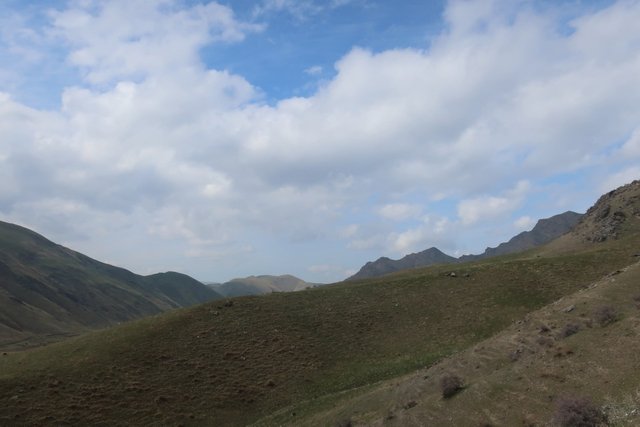
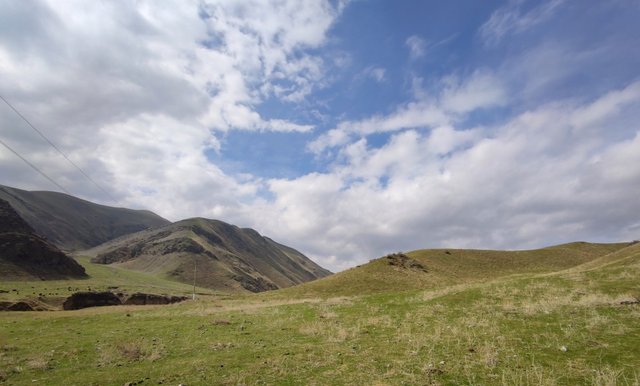
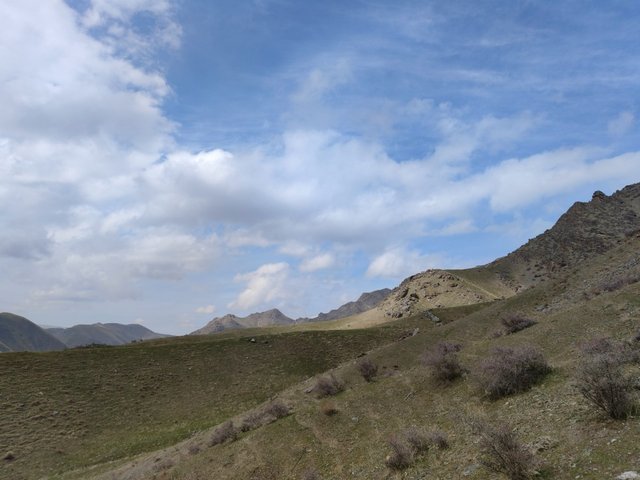
When the whole group climbed the cave up and down, we went down to our cars and drove to the Aeolian city. We drove up to the already familiar house. The hosts waved us cheerfully and invited us to tea.
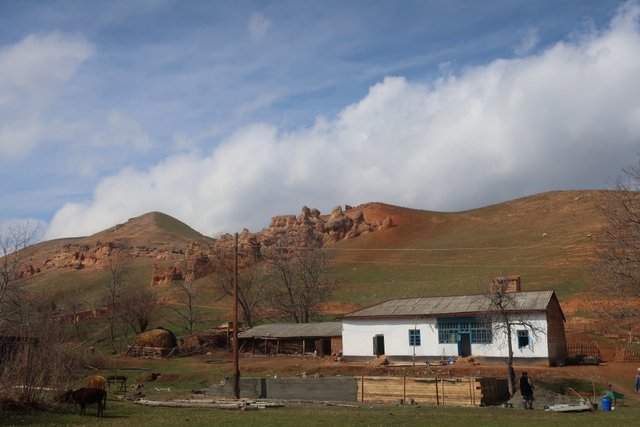
However, the weather began to deteriorate and we had no time to drink tea - we climbed straight to the Aeolian formations.
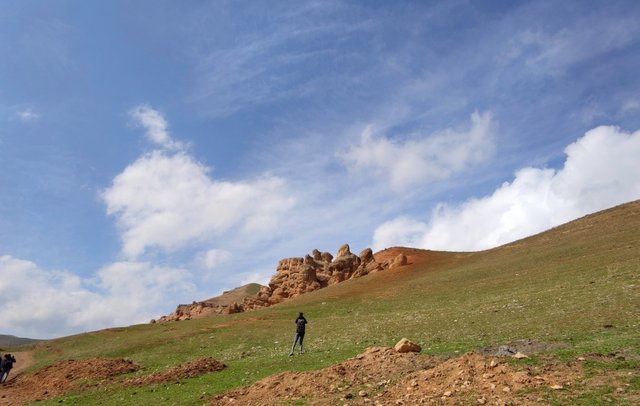
As I have already said many times, in Uzbekistan any unusual place is immediately endowed with mystical power and acquires a sacred meaning. So it is here - the Aeolian city became a place of worship. These, by the way, are the remnants of the Zoroastrian past. Between the rocks there is a small area where locals gather and burn candles in small niches, offering prayers to the Almighty. And, judging by the stories, surahs from the Koran are read here, but such practices are uncharacteristic for Islam and have pre-Islamic roots.
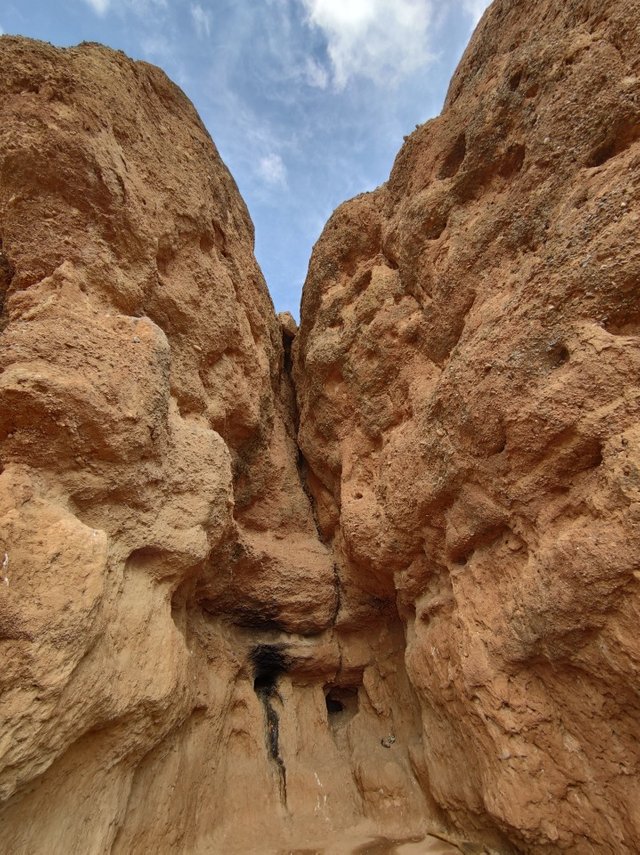
We photographed this niche and, I hope, did not anger the Higher Powers. And then we climbed further.

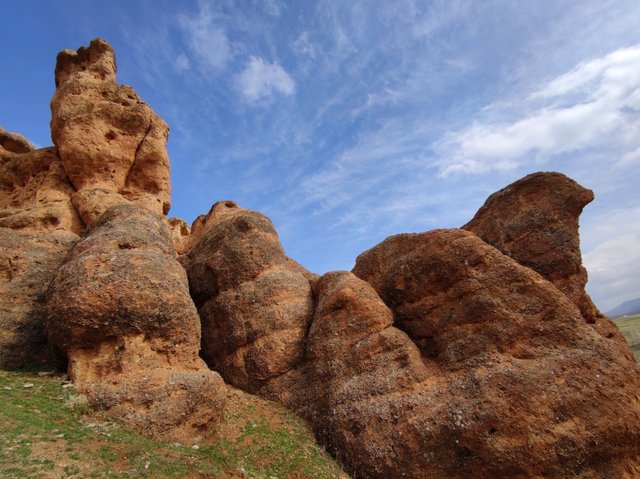
I was surprised to see that one of the stones was somewhat similar to the head of a dove. Strange, I didn't see it last time.
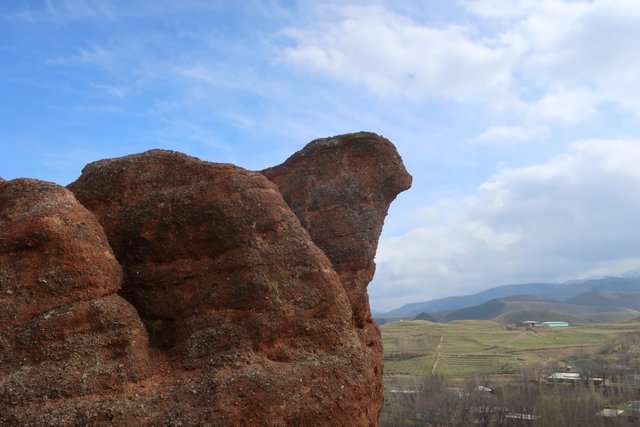
It is possible that erosion is doing its job. Every year the Aeolian city gradually changes its shape and in 40-50 years it may disappear altogether under the influence of winds and rains.
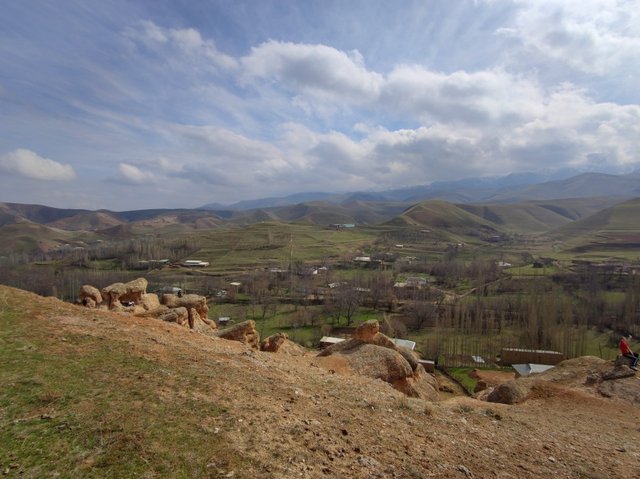
We climbed up and took a lunch break.
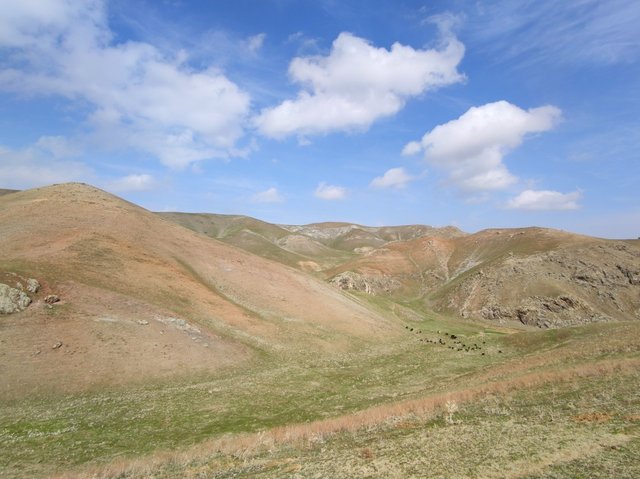
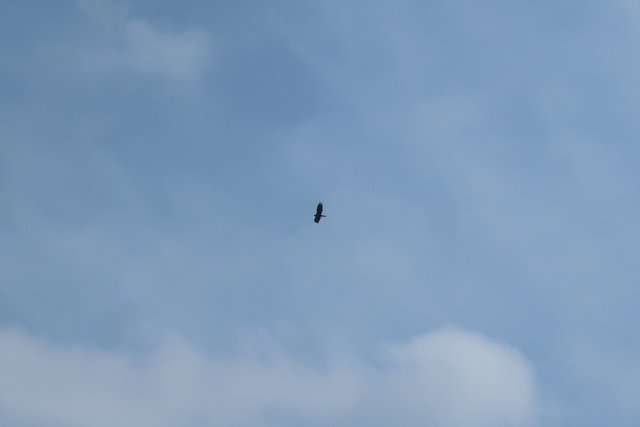
Soon the weather began to deteriorate and clouds came over. A cold wind blew out and we had to quickly roll up in order not to get caught in the rain.
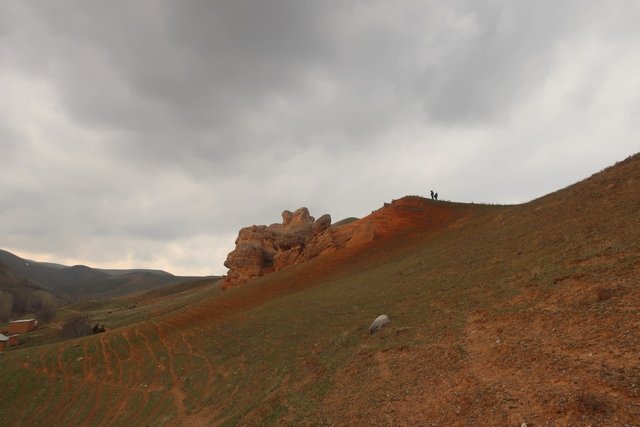
We loaded into the cars and headed back. Although I did not have time to photograph the sunrise, I was able to compensate for this with a photograph of the sunset.
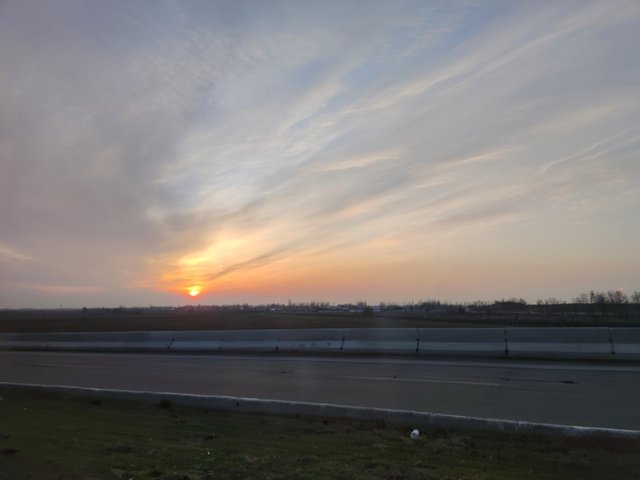
In the previous post I complained about that I do not have time to publish the post right after the trip and decided to improve. Alas, it didn't work out :). Just the other day I returned from a terribly but beautiful trip to Boysun and will definitely publish a story about these two eventful days. But this will be after I wrote about a mud hike in the Kungurberat tract and a trip to the beautiful Tuzkan Lake. I already "owe" as much as four posts! I will catch up for lost time!
Wonderful nature scenery, @damm-steemit.
Thank you!